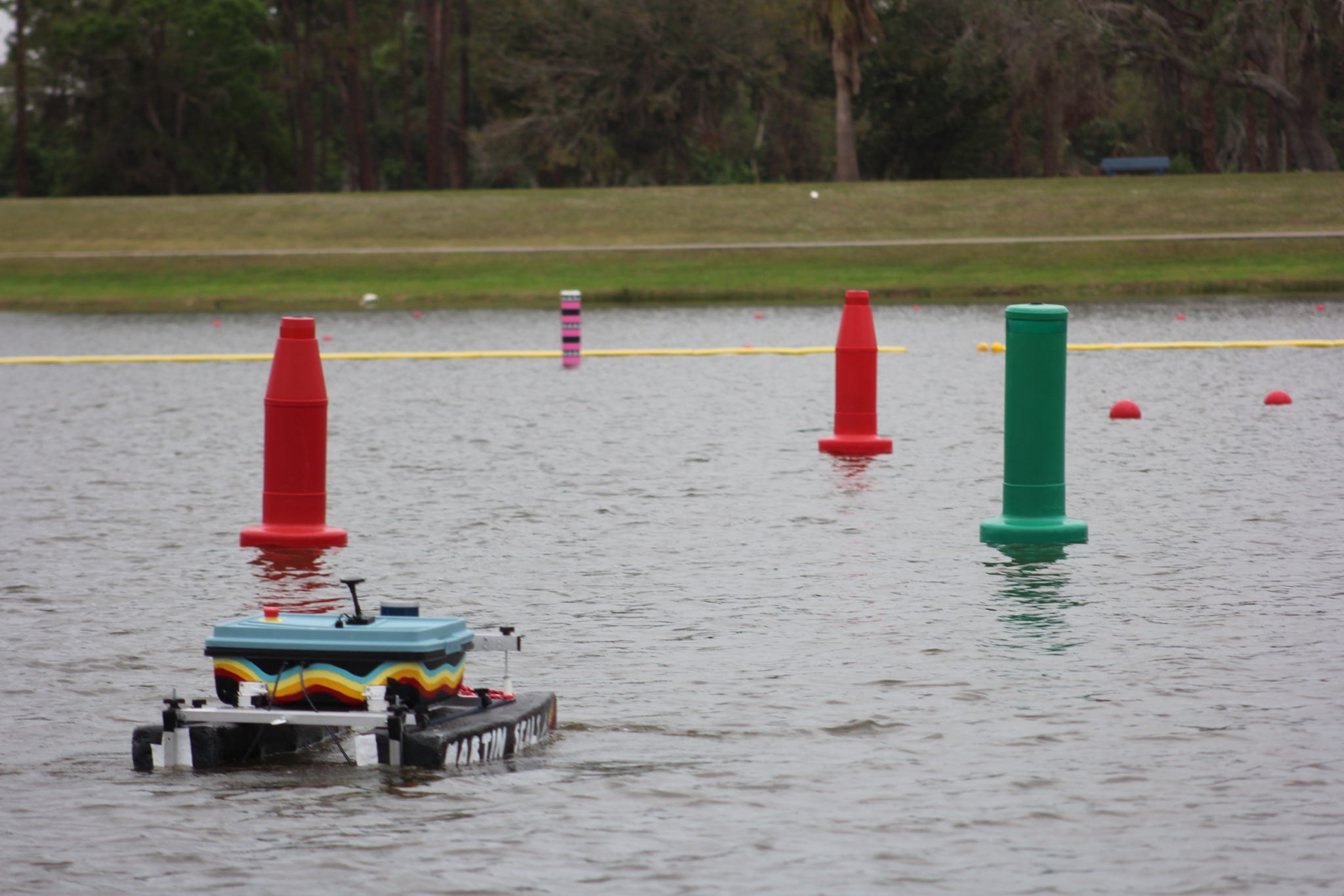
2025 Competition Breakdown
The 2025 Roboboat competition brought together the brightest minds in autonomous maritime technology, with teams from across the globe converging to showcase their innovations. Our team, equipped with our autonomous vessel Bruce, participated in this week-long challenge that tested both technical prowess and teamwork. From navigating complex courses to overcoming unexpected mechanical issues, this breakdown captures our journey through the competition, highlighting our successes, challenges, and the valuable experiences gained along the way.
Day 1: Travel
Our journey to the competition began with a full day of traveling. Despite our best efforts, we didn’t manage to reach the competition site on the first day. Not wanting to waste any time, the team used the evening at the hotel to prepare for the upcoming safety inspection, ensuring that Bruce would be ready for scrutiny the following day.
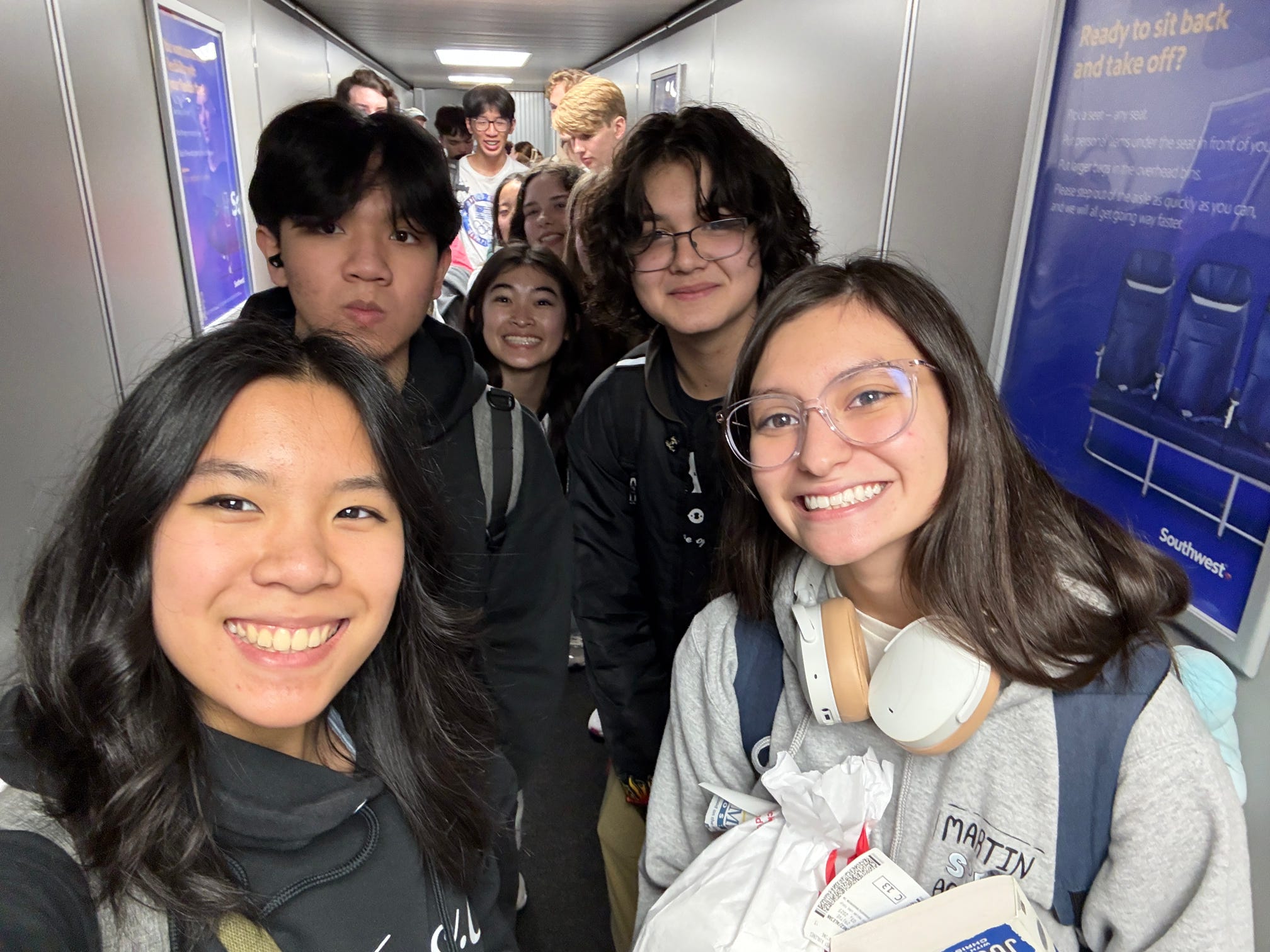 The team embarks on a long day of travel to reach the competition site, eager to put months of preparation to the test.
The team embarks on a long day of travel to reach the competition site, eager to put months of preparation to the test.
 No time wasted - team members make final adjustments to Bruce outside the hotel, preparing for the safety inspection and practice sessions ahead.
No time wasted - team members make final adjustments to Bruce outside the hotel, preparing for the safety inspection and practice sessions ahead.
Day 2: Safety Inspection and Practice
The second day started with great success as we breezed through the safety inspection. Bruce met all the required standards with minimal issues, allowing us to move quickly to in-water practice sessions. However, once on the water, we encountered some frustrating problems with our WiFi Halow communication system that required troubleshooting and adjustments throughout the day.
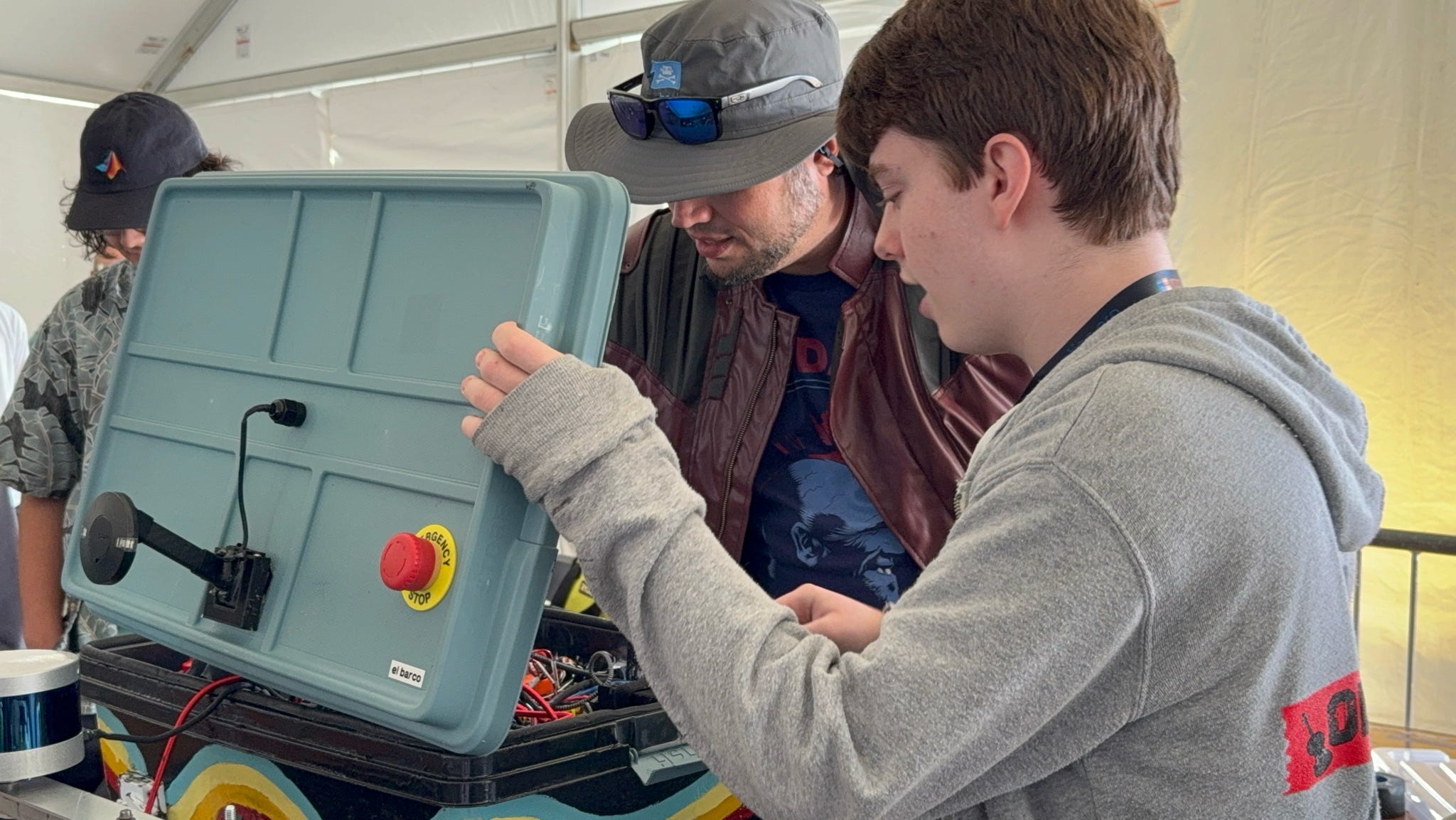 Bruce passes the safety inspection with flying colors, a testament to the team’s meticulous preparation and attention to detail.
Bruce passes the safety inspection with flying colors, a testament to the team’s meticulous preparation and attention to detail.
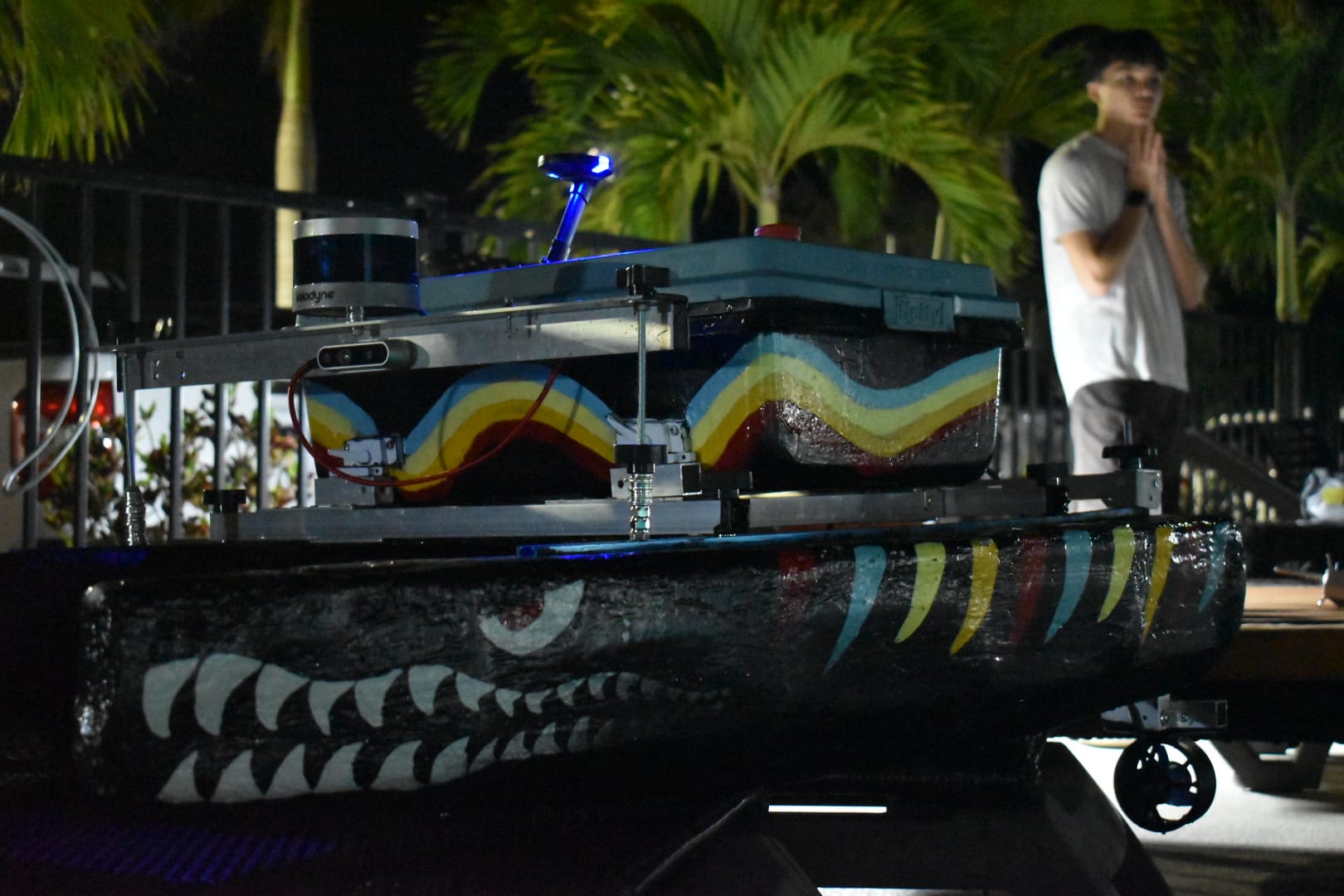 Our autonomous vessel, Bruce, ready for action after a successful safety inspection, awaits its first practice run on the water.
Our autonomous vessel, Bruce, ready for action after a successful safety inspection, awaits its first practice run on the water.
Day 3: Presentation, Technical Interview, and Qualification on 2 tasks
Day three was packed with important events, beginning with our team presentation and technical interview. Both went exceptionally well, with the judges showing particular interest in our technical approach and system architecture. Building on this momentum, we proceeded to qualify on two tasks - successfully completing both the navigation channel and sequential challenges. The team’s hard work in preparation was clearly paying off as Bruce performed admirably in these initial tasks.
 Bruce in action on the water, demonstrating its autonomous capabilities during the navigation channel task.
Bruce in action on the water, demonstrating its autonomous capabilities during the navigation channel task.
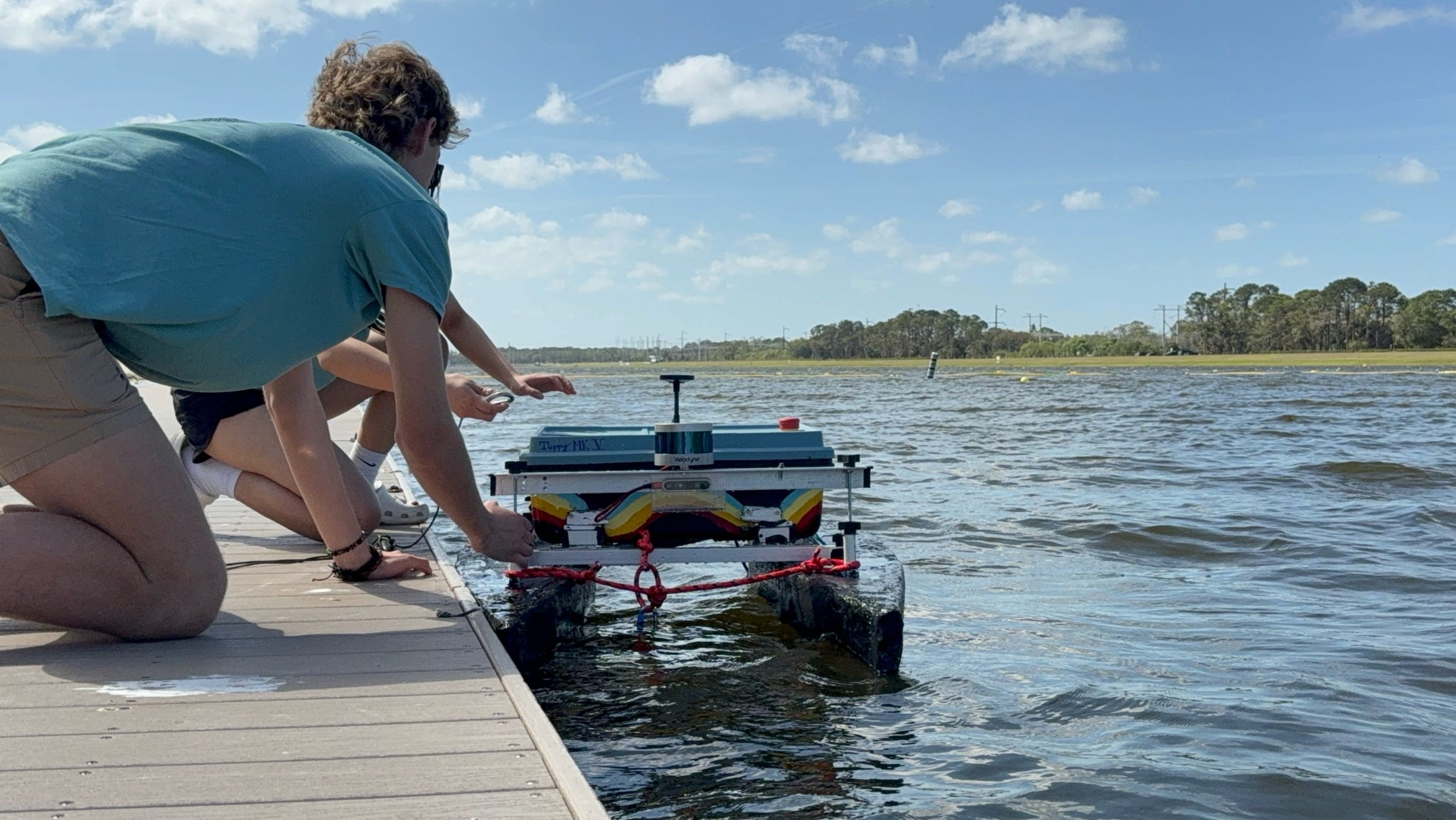 Quick thinking and teamwork on display as our pit crew makes critical adjustments between qualification runs.
Quick thinking and teamwork on display as our pit crew makes critical adjustments between qualification runs.
Day 4: Qualifying on 2 more tasks and making semi-finals
The fourth day brought continued success as we qualified on two additional tasks - the speed challenge and docking. A significant improvement came when we received help from the Embry-Riddle team to implement a new WiFi setup, dramatically improving our communication reliability. However, we faced an unexpected setback when Bruce’s thrusters detached during a thrust test, with one thruster being completely destroyed in the incident. Thanks to the generosity of the UTD team who supplied us with a replacement thruster, our mechanical team was able to complete rapid repairs and get Bruce back in action. Despite this challenge, we ended the day on a high note by playing mini golf and connecting with several alumni who came to support us, sharing stories and advice from previous competitions.
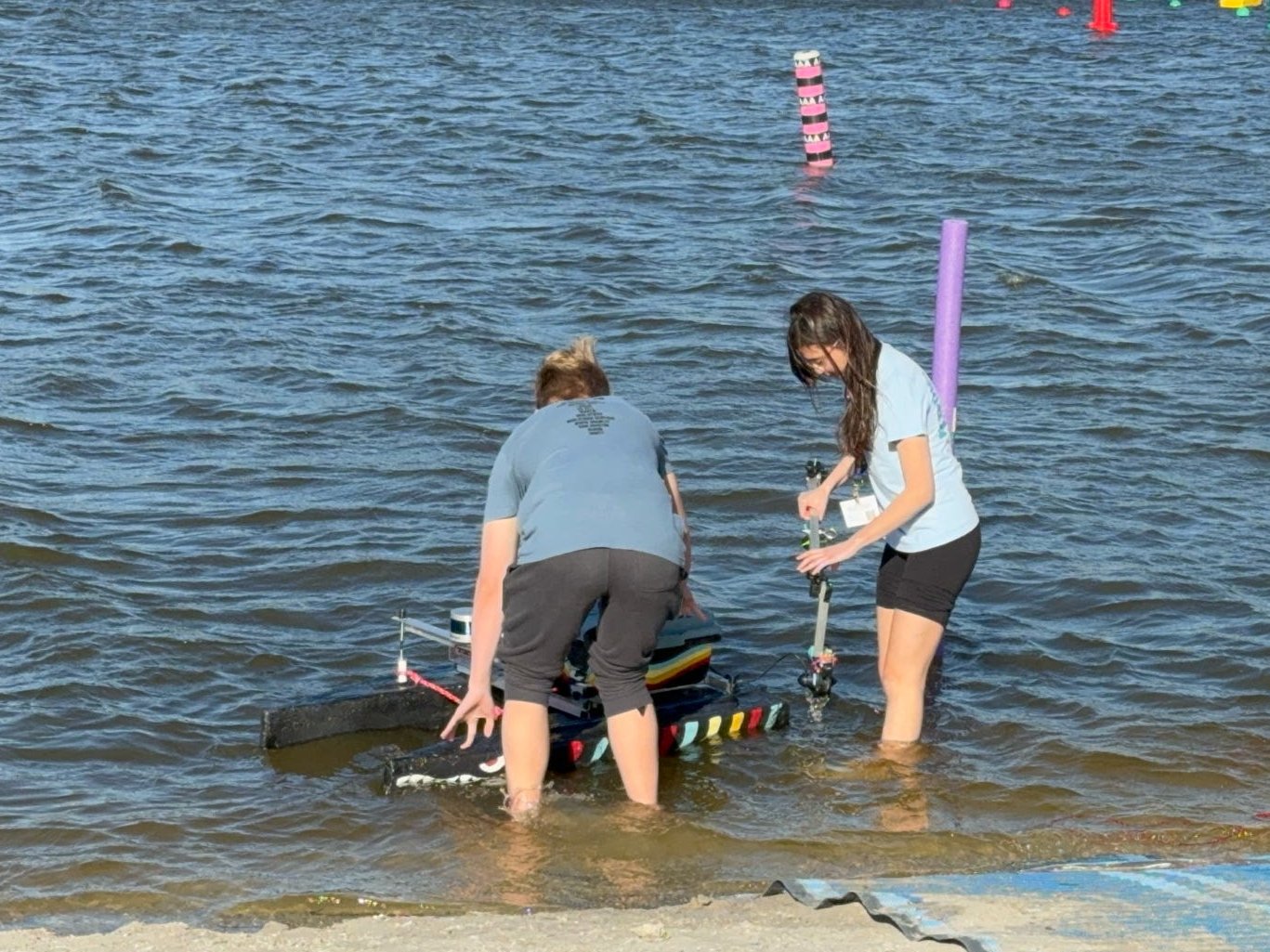 The moment of crisis when Bruce’s thrusters detached - a technical setback that tested our team’s problem-solving abilities under pressure.
The moment of crisis when Bruce’s thrusters detached - a technical setback that tested our team’s problem-solving abilities under pressure.
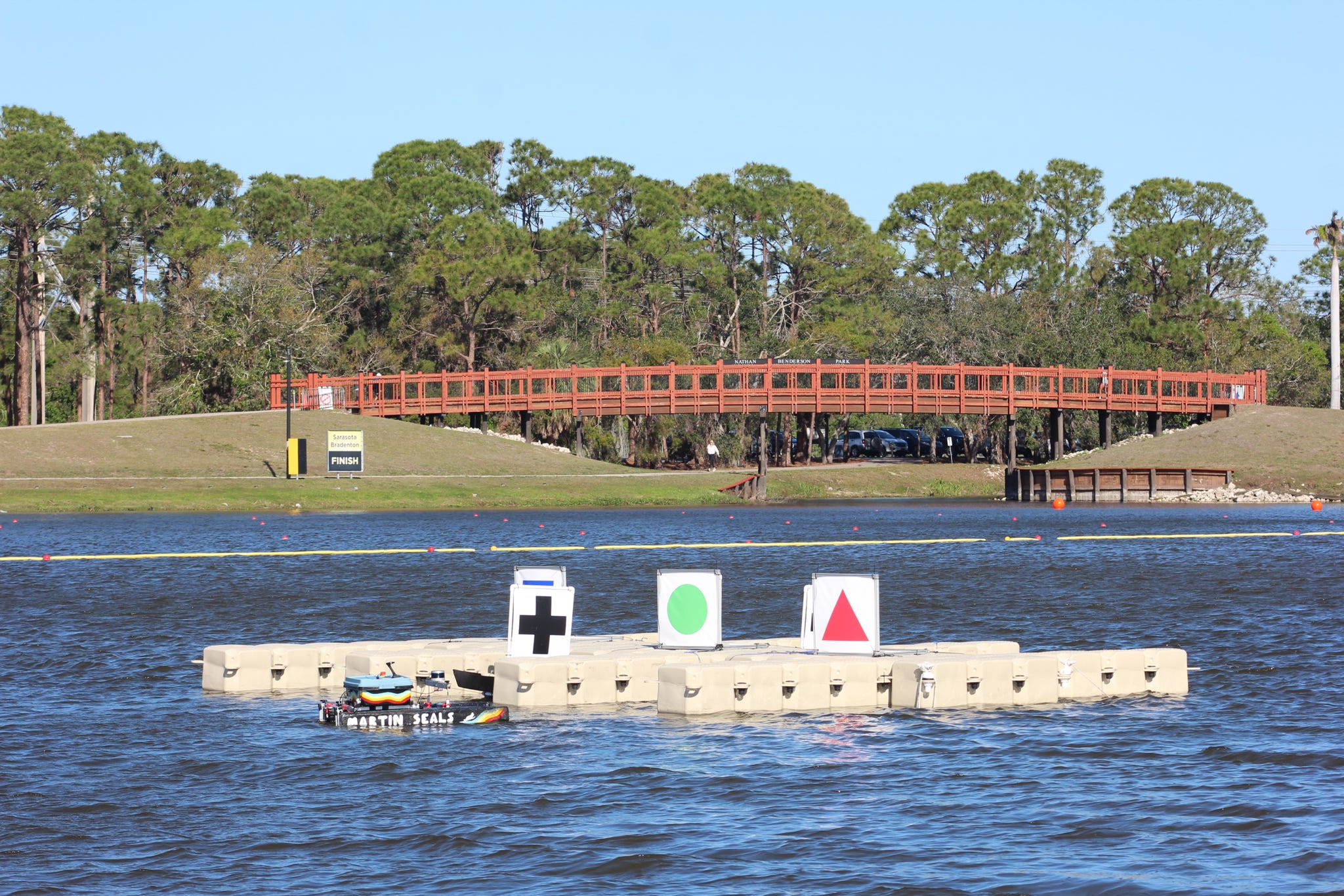 Precision in action as Bruce autonomously approaches the docking station - one of our most challenging and successful maneuvers.
Precision in action as Bruce autonomously approaches the docking station - one of our most challenging and successful maneuvers.
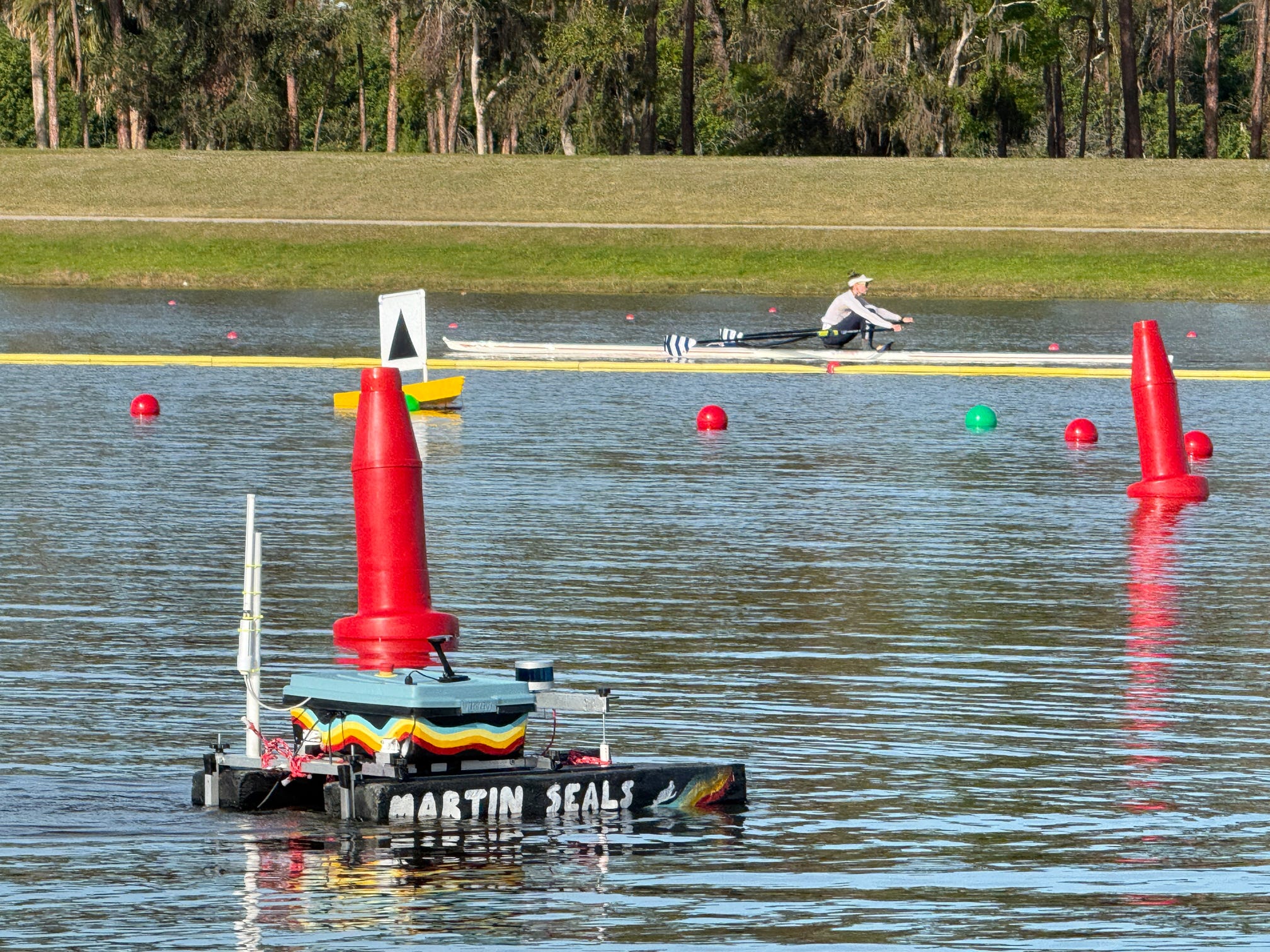 Our communications breakthrough - the new WiFi system installed with help from Embry-Riddle that dramatically improved Bruce’s responsiveness.
Our communications breakthrough - the new WiFi system installed with help from Embry-Riddle that dramatically improved Bruce’s responsiveness.
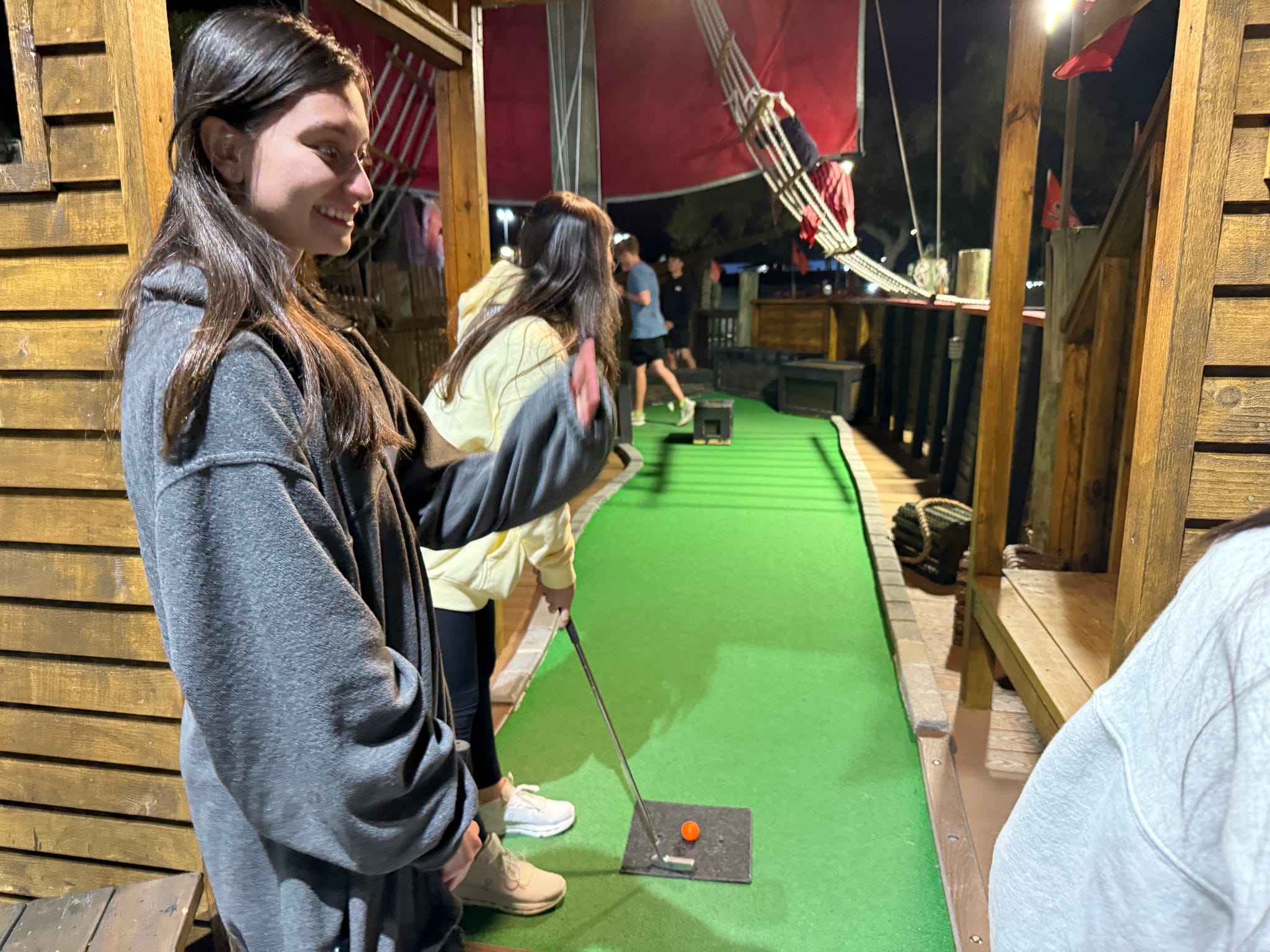
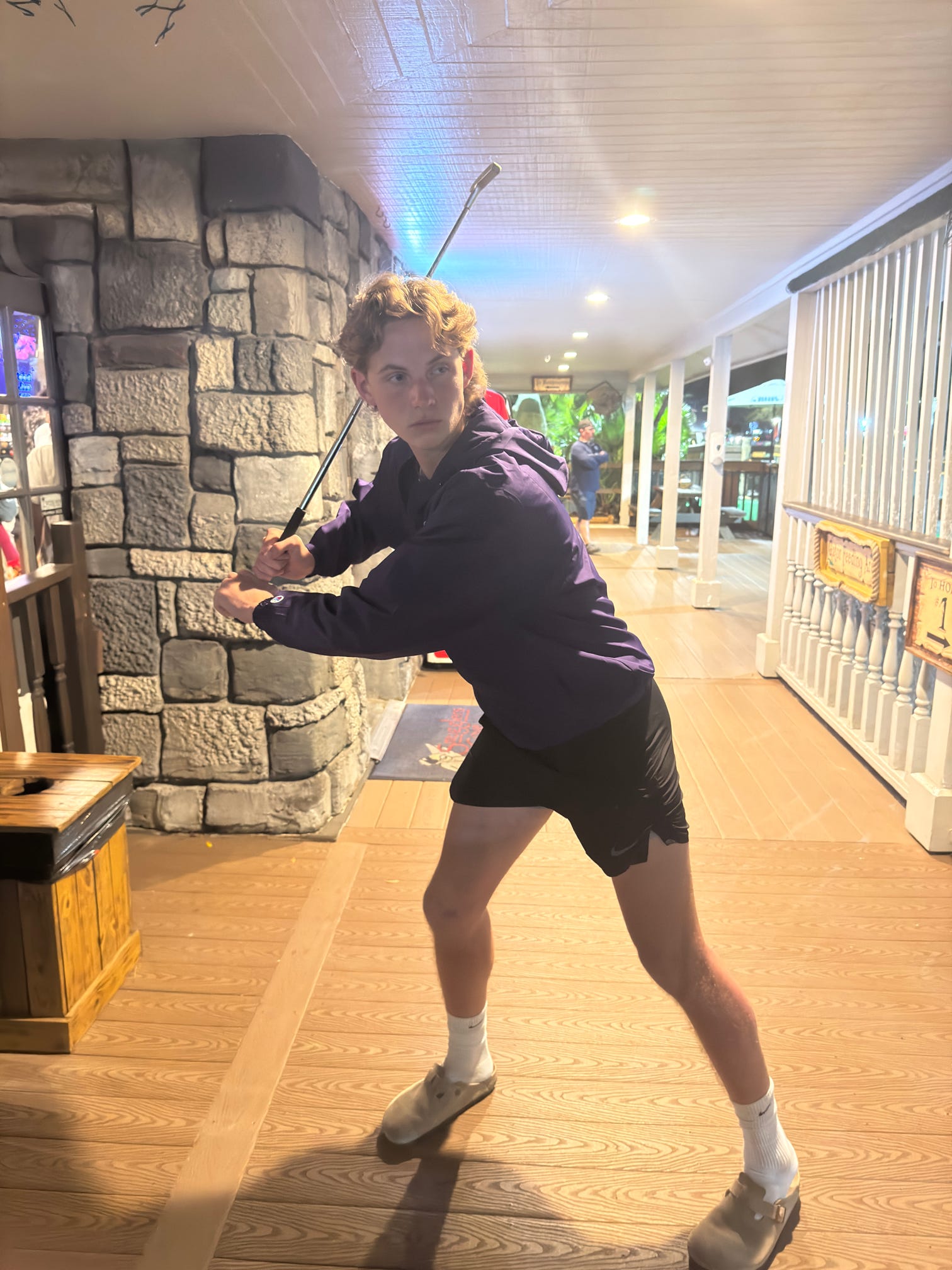 Balancing work and play - the team unwinding at mini-golf after an intense day of competition and emergency repairs.
Balancing work and play - the team unwinding at mini-golf after an intense day of competition and emergency repairs.
Day 5: More practice
With our new WiFi system performing excellently, day five was dedicated to additional practice runs on the water. Bruce’s performance showed marked improvement after the previous day’s repairs and communication upgrades. In the afternoon, the team took a well-deserved break for a frozen yogurt run, enjoying some downtime and reflection on our progress so far. The evening offered a chance for team bonding as we headed to the hotel pool where we also spent time with the SimLE team, exchanging insights and forming connections with our fellow competitors.
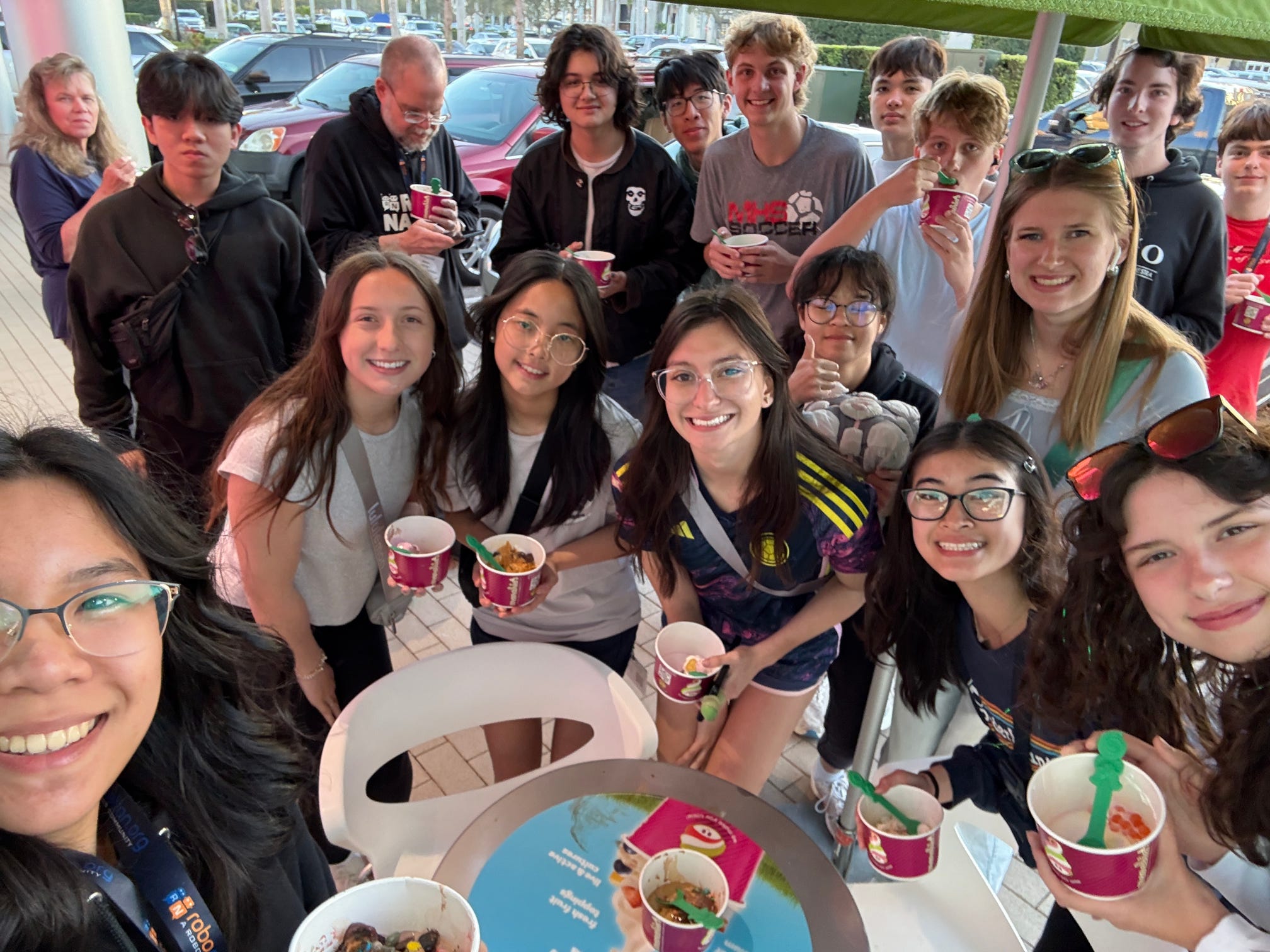 A well-deserved frozen yogurt break gives the team a chance to cool down and reflect on our progress halfway through the competition.
A well-deserved frozen yogurt break gives the team a chance to cool down and reflect on our progress halfway through the competition.
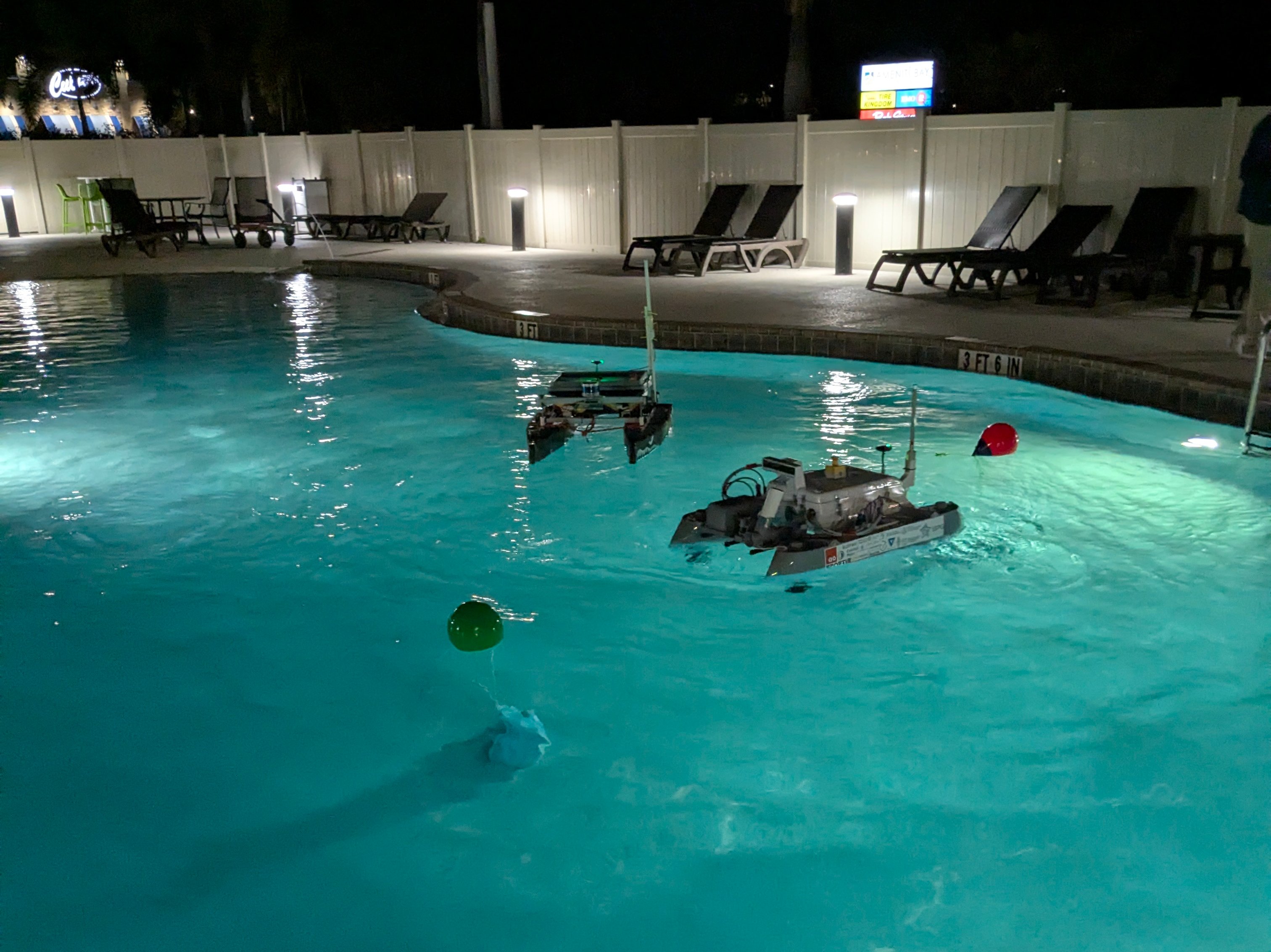
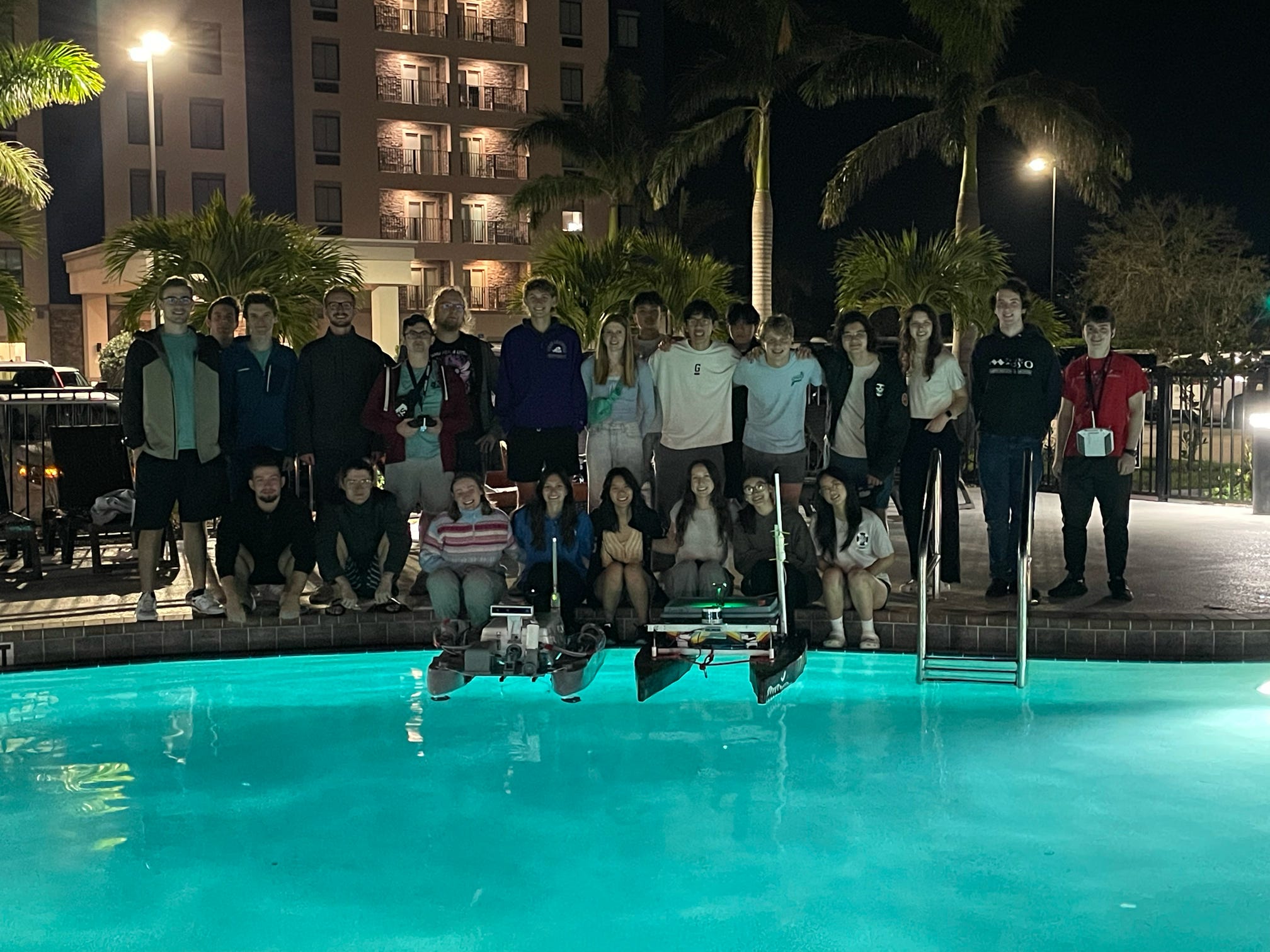 Competition meets camaraderie as our team bonds with the SimLE crew poolside, sharing technical insights and competition stories.
Competition meets camaraderie as our team bonds with the SimLE crew poolside, sharing technical insights and competition stories.
Day 6: Semi-finals
The competition structure changed this year with the introduction of a semi-finals round before the finals, adding a new layer of challenge. During our semi-finals runs, we successfully completed two tasks, demonstrating Bruce’s reliability and our team’s growing expertise. Adding some personality to our vessel, we mounted a JBL speaker on Bruce to play music when triggered from the controller, bringing some entertainment to the competitive atmosphere. After a day of intense focus, we unwound with a trip to a local arcade in the evening, playing games and celebrating our progress in the competition.
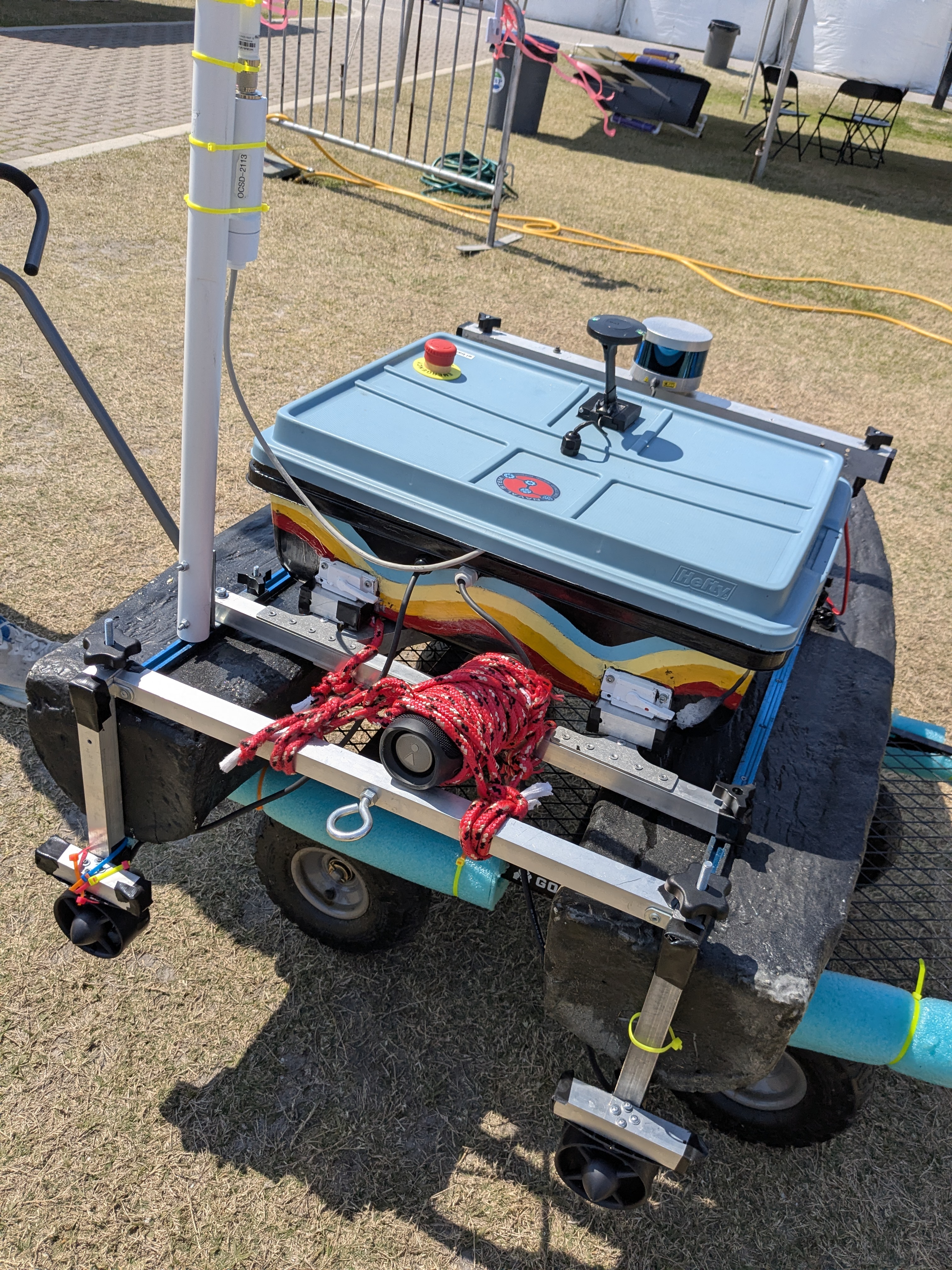 Our engineering meets entertainment - the custom-mounted JBL speaker system that turned Bruce into the competition’s most melodic autonomous vessel.
Our engineering meets entertainment - the custom-mounted JBL speaker system that turned Bruce into the competition’s most melodic autonomous vessel.
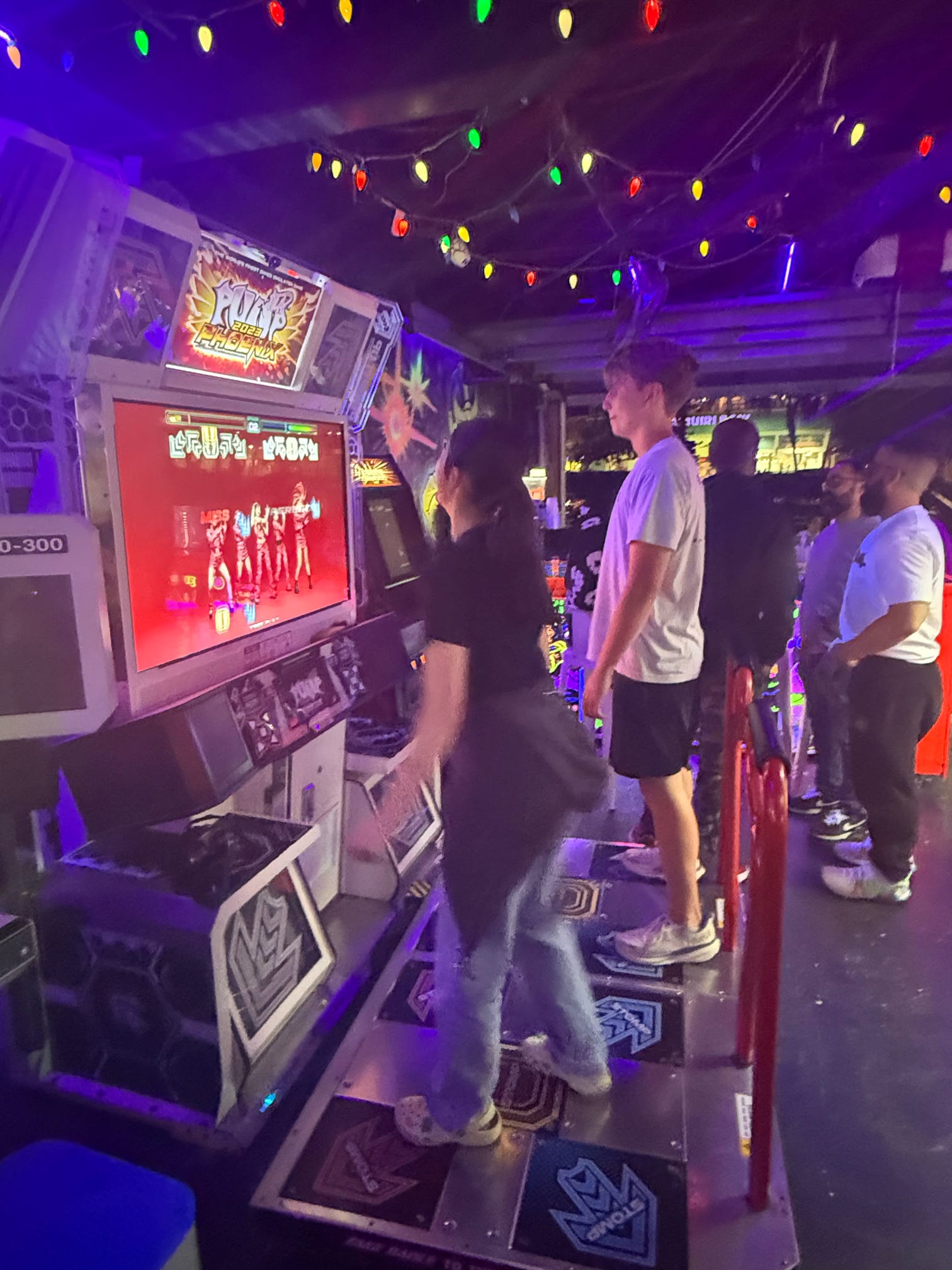 Team spirits high at the local arcade as we celebrate making it to semi-finals with some friendly gaming competition.
Team spirits high at the local arcade as we celebrate making it to semi-finals with some friendly gaming competition.
Day 7: Even more semi-finals and the awards ceremony
On the final competition day, we returned to complete the same two tasks as the previous day, aiming to improve our execution and earn higher scores. The team’s confidence and experience were evident as Bruce performed more smoothly and efficiently than in earlier runs, giving us hope for strong final standings as we headed into the awards ceremony. Our efforts throughout the week were recognized when we received the Data and Discovery award, which came with a $400 prize, and secured 9th place overall in autonomy. This award celebrated our outreach to other teams, interest in learning, collaboration, and willingness to share our gathered data with the Roboboat community. It was a gratifying conclusion to an intense week of competition and a testament to our team’s commitment to the spirit of collaborative innovation.